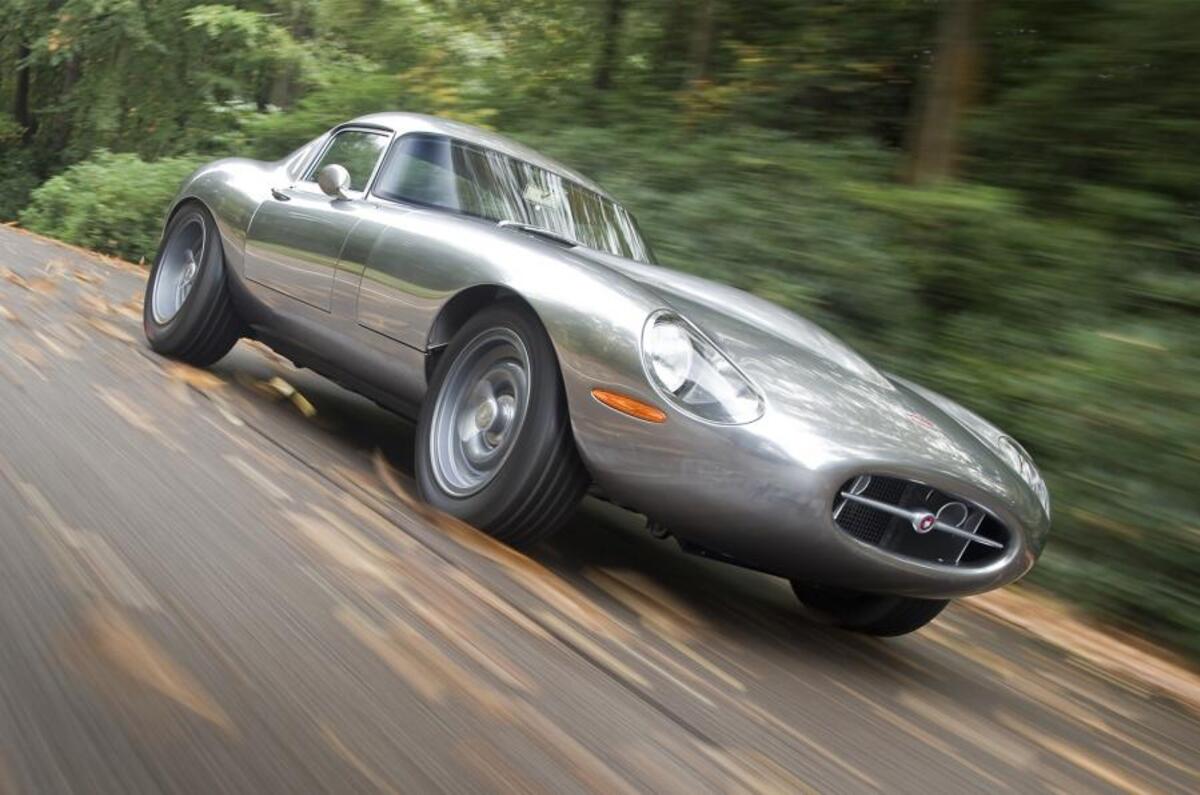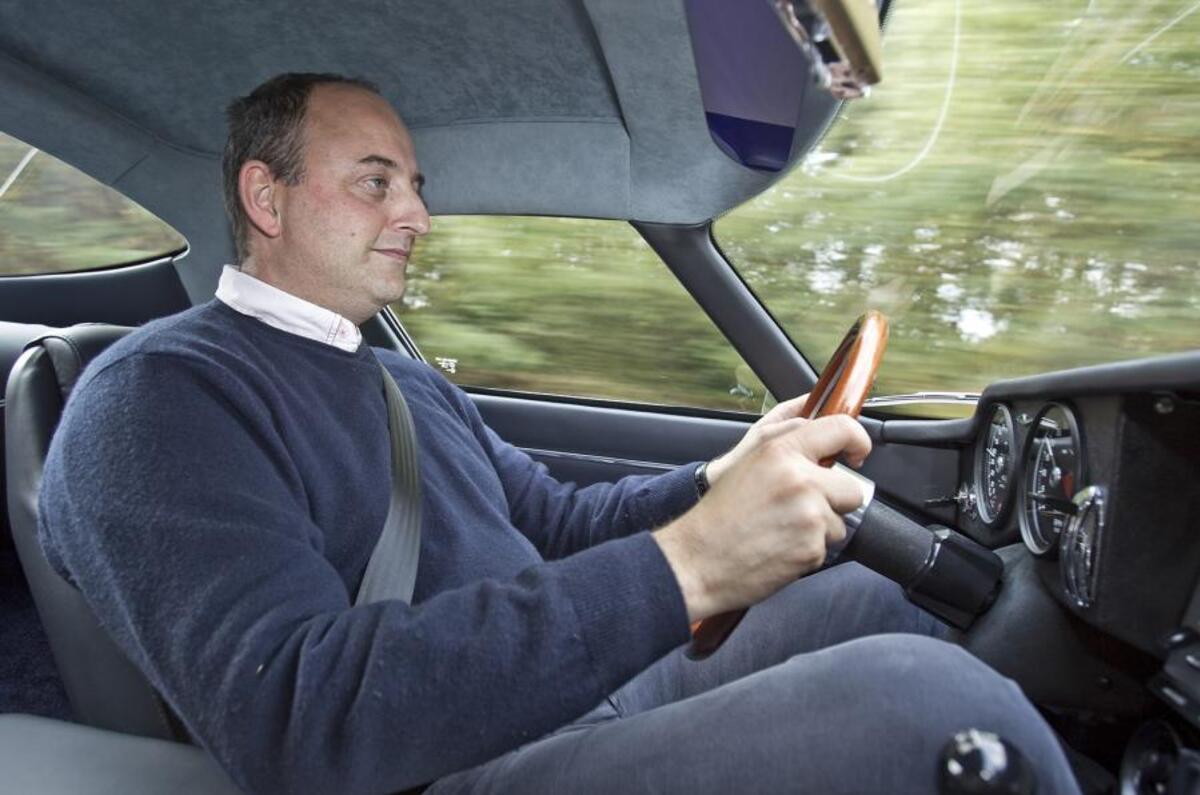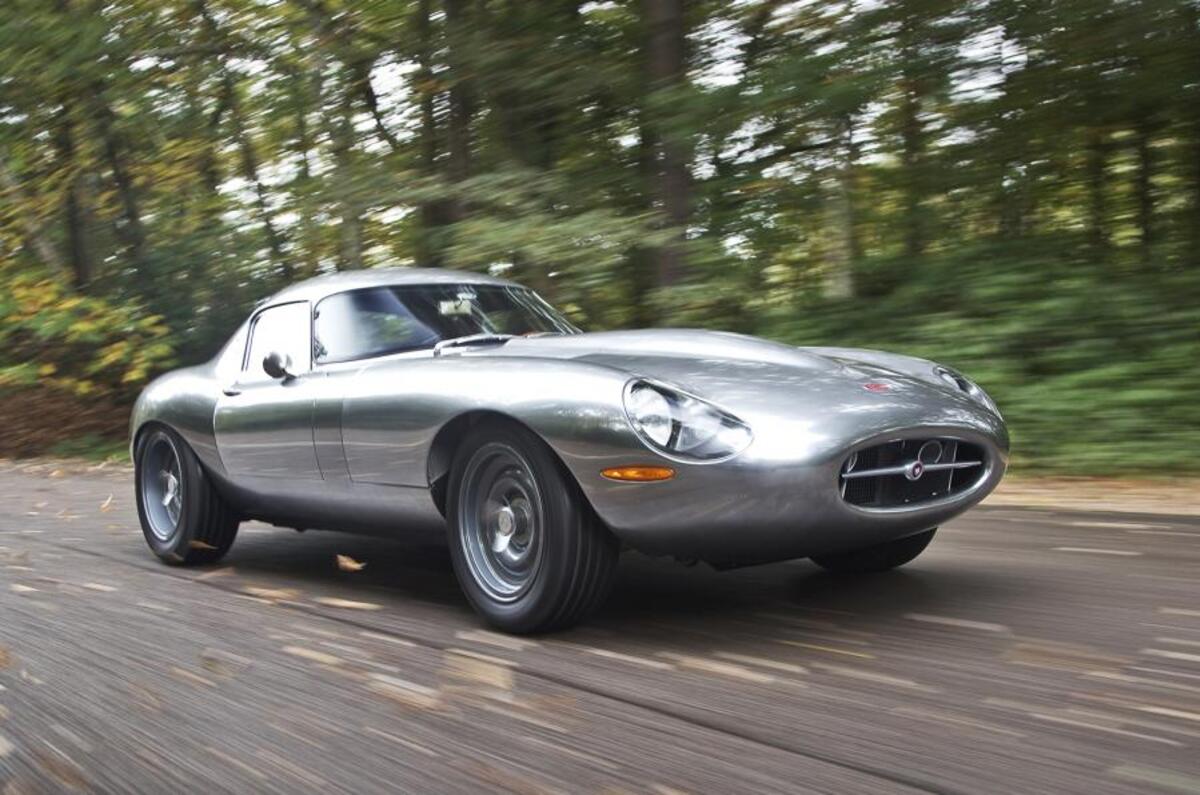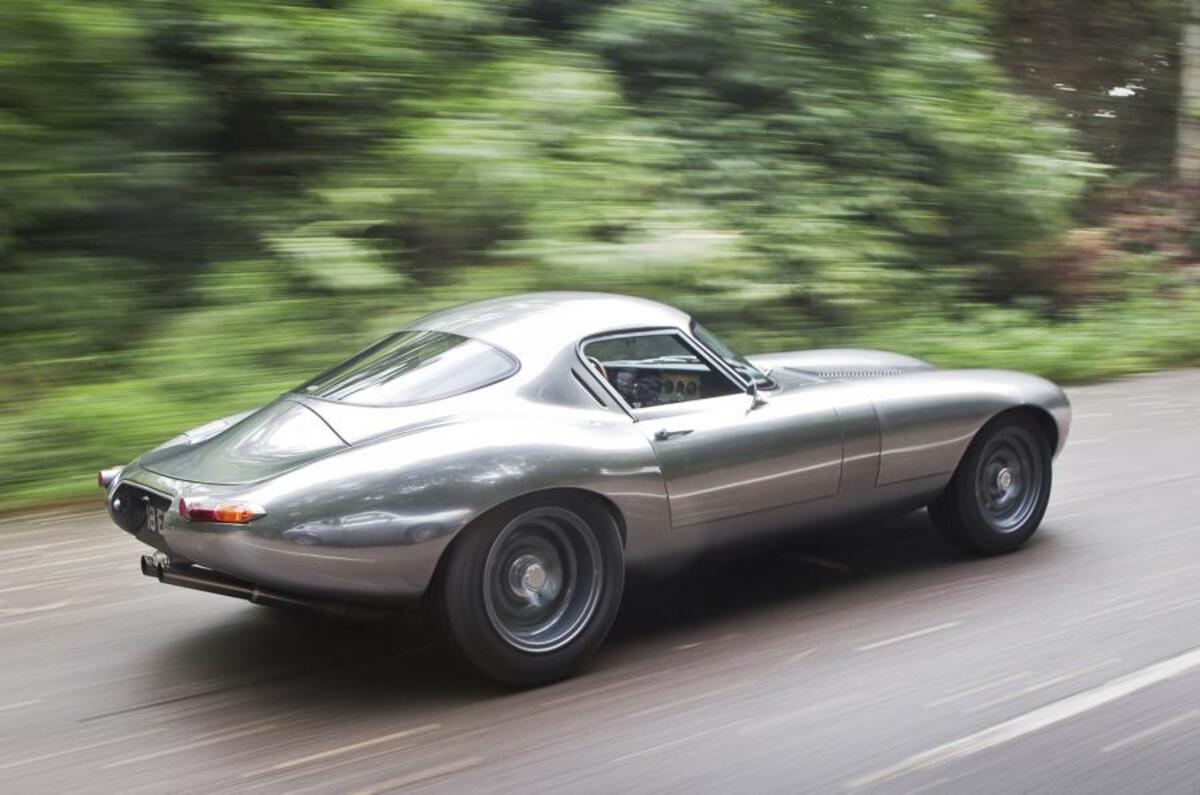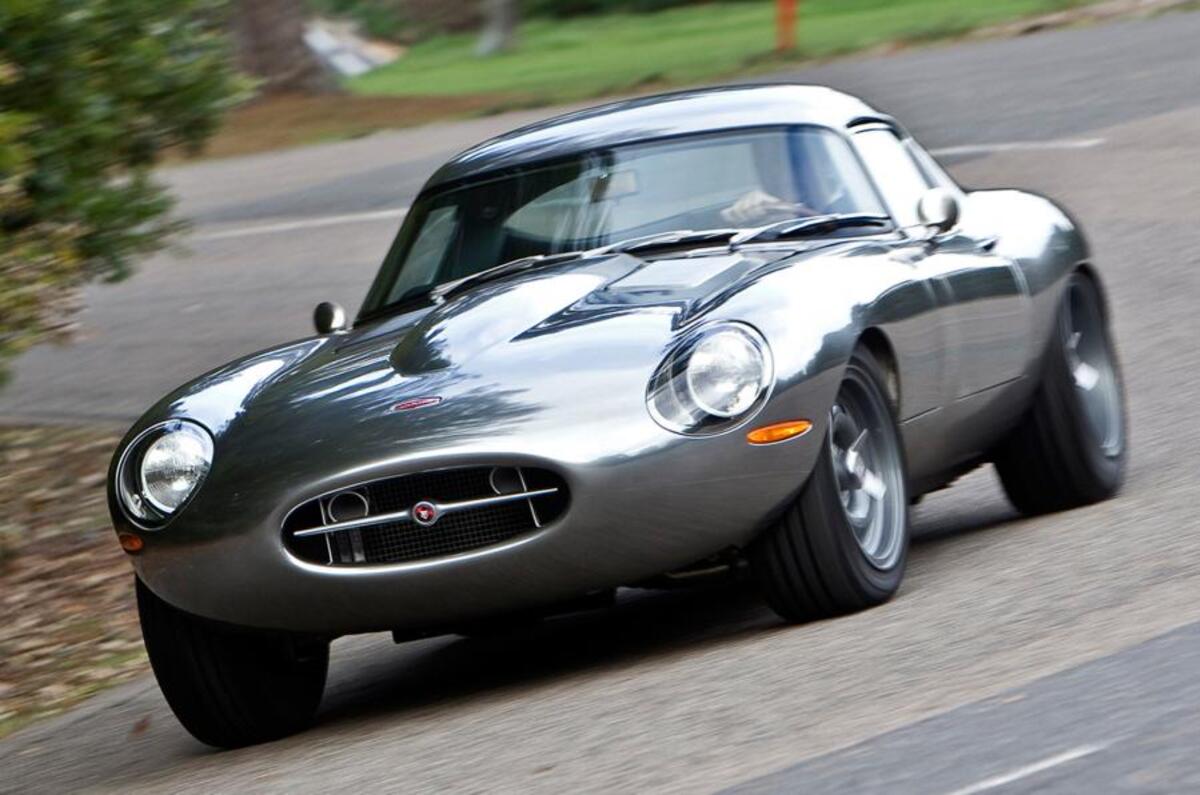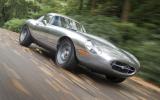A classic car developed with the benefit of hindsight. That’s perhaps the best way to describe how Eagle re-invents the Jaguar E-Type for the modern era.
Fancy one, well the options Eagle offer a prospective buyer is incredible. Fancy an original Jaguar E-Type? No problem, Eagle will sell you a complete original or a restored Jaguar. Not for you? How about a zero-mile version? If it tickles your fancy then Eagle can build you a version of the E-Type from donor cars, and if that is not exclusive enough they can build a special edition E-Type in either Speedster, Spyder GT or its Low Drag Coupé creation. To build one would take 18 months and 6000 man hours.
In this road test, we took the E-Type Low Drag Coupé for a spin. When the E-Type was launched in 1961 its shape was ineffably beautiful but not exactly shaped for racing. But it was so popular Jaguar didn’t need racing to publicise it.
That didn’t stop Jaguar aerodynamicist Malcolm Sayer penning a track-friendly shape designed as much to reduce lift as lower drag, and it didn’t stop privateers racing lightweight E-Types equipped with ‘Low Drag Coupé’ bodywork.
Sadly by then the Ferrari 250 GTO was in its pomp and any dreams of Jaguar returning to its halcyon racing days, the car’s lack of competitiveness soon disabused that notion.


